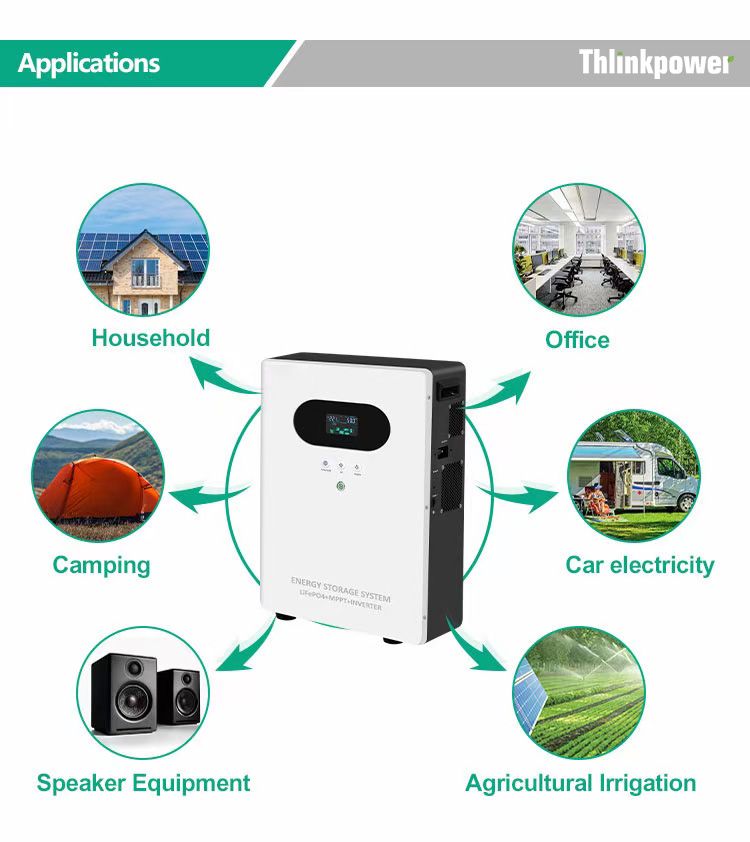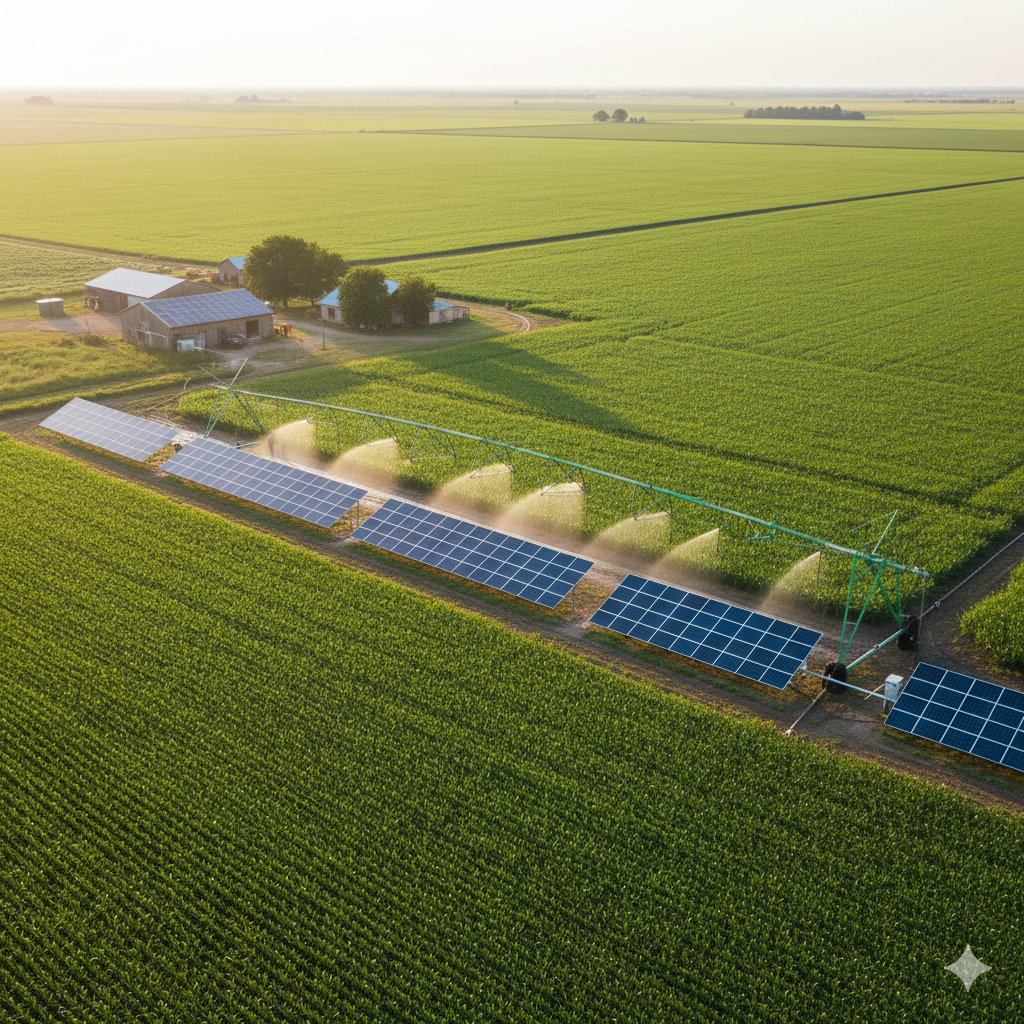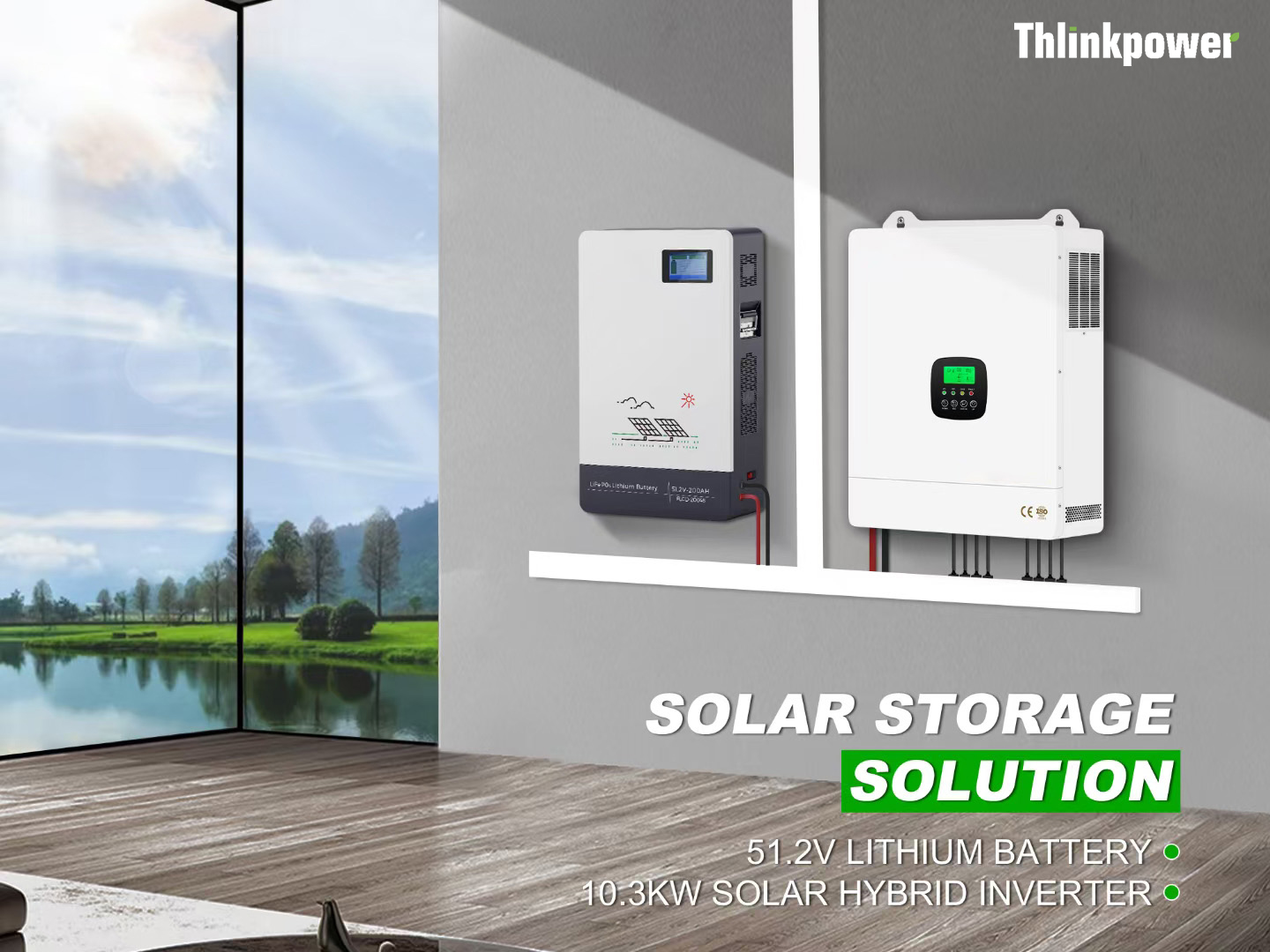
Smart Grid Integration: How 12kW Hybrid Inverters Enable Energy Independence and Stability
Power Transitions and the Need for Smarter Inverters
Global energy networks are shifting rapidly toward distributed generation, where every building, facility, and microgrid can produce and store its own power. Yet, maintaining grid stability under such complexity remains one of the greatest engineering challenges. This is where the 12kW hybrid inverter plays a critical role — bridging solar generation, battery storage, and utility grids to deliver energy independence and consistency in one integrated solution.
Traditional inverters were designed for simple conversion — turning DC into AC. Today, hybrid models do far more. They balance supply and demand, manage stored energy, and communicate with smart grid systems to keep operations smooth, efficient, and cost-effective.
Engineering Behind Grid-Connected Hybrid Systems
A 12kW hybrid inverter represents more than just higher wattage; it reflects a new generation of power electronics engineered for reliability and control. Its three-layered design — power conversion, energy management, and digital communication — transforms how facilities interact with both renewable and grid power.
| Component Layer | Core Function | Contribution to Stability |
|---|---|---|
| Power Conversion | DC–AC conversion with high-frequency switching | Ensures clean sine-wave output and low harmonic distortion |
| Energy Management | Real-time load and storage balancing | Prevents overcharging and ensures optimal battery lifespan |
| Digital Communication | Smart grid data exchange via Modbus / Wi-Fi / RS485 | Enables intelligent demand response and remote diagnostics |
This architecture makes hybrid inverters ideal for commercial solar inverter solutions that require high uptime, fast response, and automated load shifting — especially in energy-sensitive sectors like logistics, data centers, and industrial manufacturing.
Comparing 12kW Hybrid Inverters to Conventional Systems
Unlike standard grid-tied systems, 12kW hybrid inverters integrate energy storage directly, giving users flexibility in how and when to use power. Below is a concise comparison highlighting why this technology is changing how commercial facilities operate.
| Feature | Traditional On-Grid Inverter | 12kW Hybrid Inverter |
|---|---|---|
| Energy Source | Solar only | Solar + Battery + Grid |
| Backup Capability | None | Full backup available |
| Grid Interaction | One-way | Bi-directional (import/export) |
| Control Logic | Manual load switching | Smart energy management |
| Scalability | Limited | Modular, expandable up to multi-unit systems |
This flexibility enables companies to reduce peak-hour costs, maintain continuity during grid outages, and prepare for integration into smart grid hybrid systems.
Core Advantages and Commercial Value
The engineering sophistication of hybrid inverters translates into tangible operational and financial benefits:
-
Grid Resilience: Dual input/output design ensures continuous power during utility fluctuations.
-
Peak Shaving: Automatically draws from batteries during high tariff periods, reducing costs.
-
Battery Optimization: Intelligent algorithms manage charge cycles, extending battery life by up to 30%.
-
Remote Control: Compatible with monitoring apps for live data visualization and predictive maintenance.
-
Regulatory Readiness: Compliant with major global standards (IEC, CE, UL), enabling smooth export and installation worldwide.
According to data from the International Renewable Energy Agency (IRENA), integrating hybrid systems with smart grids can reduce energy losses by 8–12% and improve local grid reliability in high-demand regions — validating the technical and economic potential of this design.
Application Scenarios in Modern Infrastructure
The 12kW hybrid inverter has proven to be the sweet spot between residential and full-scale commercial systems. It fits seamlessly into diverse environments:
-
Small Industrial Facilities: Keeps critical equipment powered during blackouts.
-
Agricultural Sites: Supports irrigation and cooling systems using stored solar power.
-
Commercial Buildings: Balances self-consumption and export to grid without manual intervention.
-
Remote Resorts or Villages: Enables partial off-grid operation and microgrid connectivity.
Each deployment highlights how high-capacity hybrid inverters bridge the gap between independence and system-wide stability.
Practical Selection Guidance
Choosing the right 12kW hybrid inverter depends on both electrical configuration and long-term energy strategy. Below are key recommendations for decision-makers:
-
For solar-heavy systems: Choose inverters with high MPPT voltage range and fast tracking efficiency.
-
For storage-based setups: Prioritize models supporting lithium and gel batteries with adjustable depth-of-discharge.
-
For hybrid grid connection: Ensure compliance with smart grid protocols like IEEE 2030.5 or local feed-in standards.
-
For expansion planning: Opt for modular hybrid inverter designs that allow parallel connection up to 100kW or more.
⚙️ Tip: When integrating into mixed-load environments, ensure your hybrid inverter includes isolation transformers and anti-islanding protection to maintain safety under both on-grid and off-grid modes.
Frequently Asked Questions
Q1: Can a 12kW hybrid inverter operate without grid support?
Yes. It can switch to off-grid mode instantly, drawing power from solar panels and batteries during grid outages.
Q2: How long can it provide backup power?
This depends on your battery capacity. For example, a 15kWh lithium pack can sustain a 12kW load for roughly 1 hour or longer with managed consumption.
Q3: Is maintenance complex for hybrid inverters?
Not at all. Regular inspections (once or twice yearly) and firmware updates through remote interfaces are typically sufficient.
Q4: Are hybrid inverters suitable for three-phase systems?
Yes. Many 12kW models support both single-phase and three-phase configurations, ideal for commercial use.
Driving Smart Energy with Smarter Manufacturing
The rise of smart grids marks a turning point in global energy. Integrating 12kW hybrid inverters into these systems allows facilities to achieve true energy independence while maintaining stability across every operational layer.
At Thlinksolar, hybrid inverter design aligns with modern expectations — precision manufacturing, scalable architecture, and seamless smart grid compatibility. For tailored system configurations or technical consultation, visit our homepage or reach out through our contact page.


